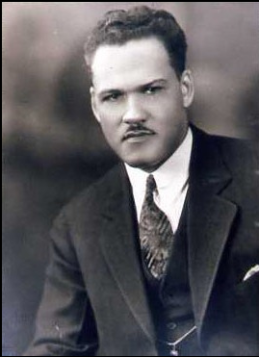By now, we are all familiar with the business models of Amazon, Netflix, Google and others. They aggregate all of the many small requests for information, products and creative content into a single portal from which the user can easily query and find the commodity they are seeking. From that portal, users can literally access almost anything their heart desires, whether it be a rare album released overseas or the latest Spike Lee joint. In academic circles, the name given this type of business model that is so well suited to the Internet, is the “long tail” (popularly coined by Chris Anderson).
In many ways, the Obama campaign, against all odds has figured out a way to adapt the “long tail” business model to political campaigning specifically. He has combined the power of the Internet, to costlessly form groups and connect geographically distant groups and individuals with the traditional methods of community organizing to create a truly transformational new model for political campaigning.
His campaign bears both the hallmark of his community organizing background in that it leverages strong ties in the offline world. However it also uses the power of the Internet to exploit weak ties and massively scale up the political organizing model.
The final piece of Obama’s campaign-community organizing model was to abandon sampling and embrace big data and the experimental possibilities it introduced. A very simple but very important paradigm shift occurred in 2012 when top strategists stopped asking how to design the best sampling method and started asking, why sample at all when we have access to individual data about each voter?
The “long tail” model is about more than offering a myriad of personalized options however; it’s also about targeting and [seamlessly] connecting the customer to their desired offering. The use of big data and major advances in analytics allowed the Obama campaign team to adapt that model to an election campaign. The connecting of personalized data from all over the digital landscape into a single narrative about a single voter allowed microtargeting of information and get-out-the-vote information to a level never before seen in political campaigning.
That piece completed the technical aspect of the success of the Obama campaign. But, for the many Obama supporters and voters out there, I suspect when you ask them why they support Obama, it won’t be because they got the accurate information and in-depth volunteer training; it will also be because of the real connection they felt with Barack Obama himself and with other Obama supporters.
Great campaigns are said to engage the HEAD, the HEART, and the HANDS…. Even the way a “leader” is defined within the Obama campaign hints at this desire to engage all three elements for action. A leader in an Obama campaign cannot simply have good ideas or strong managerial qualities, they need to be able to train others effectively and remain in constant contact with their trainees. In many ways, a leader looks exactly like an effective mentor. Training is in-depth (the head); there is a clear escalation of commitment or ladder of engagement (the heart); and eventually, the goal is to have volunteers train even more volunteers and reach exponentially larger audiences (the hands).
I’m fascinated with this characterization/definition of leadership. Barack Obama himself acknowledges that the most important lessons in leadership he received were not at Harvard Law, but on the streets of Chicago as a community organizer and as an advocate on behalf of powerless residents. He remarked that this job was “the best education I ever had, better than anything I got at Harvard Law School”.
Leadership then, is essentially about creating, nurturing and then leveraging the power of relationships. Leadership is about harnessing the power of the networked rather than the individual (as in Reed’s law). Leadership is about building social capital (both bridging and binding) to borrow from Bob Putnam’s framework. In other words, Obama defines leadership as the ability to build potential rather than actualize potential. Anybody can take a nicely built infrastructure and direct it, but not everybody can actually build, from the ground up, the infrastructure for change. That is true leadership, and true transformation. And that is where the Obama campaign succeeded in an unprecedented fashion.


